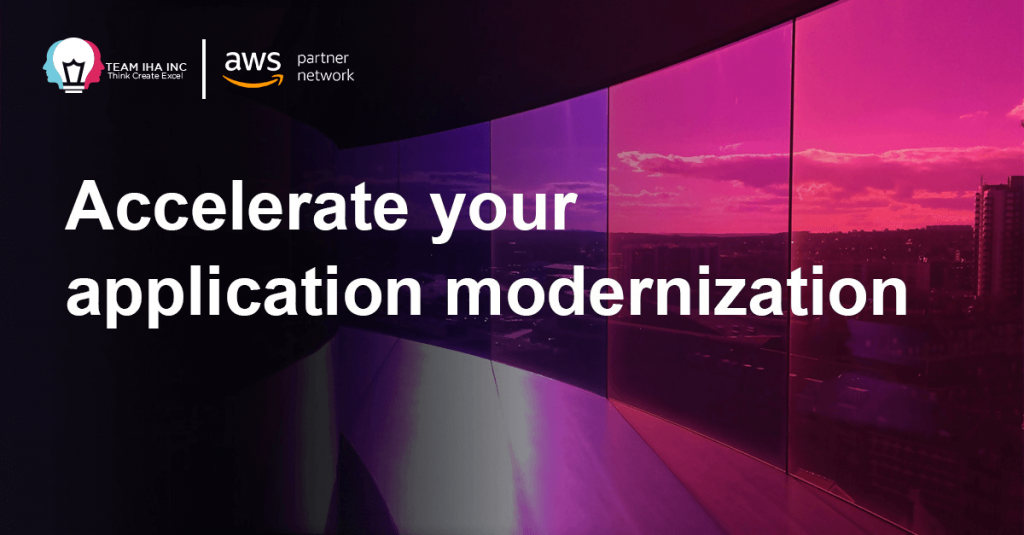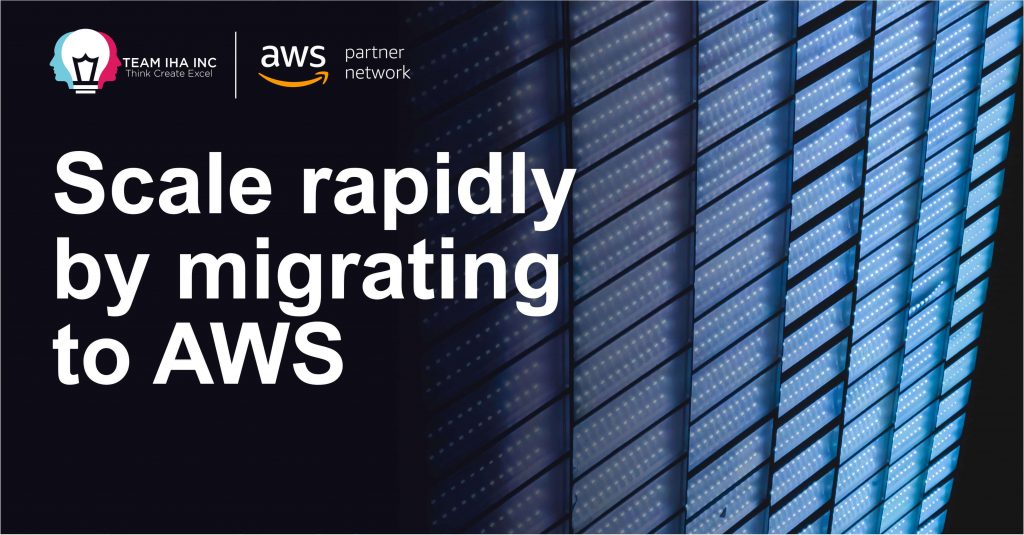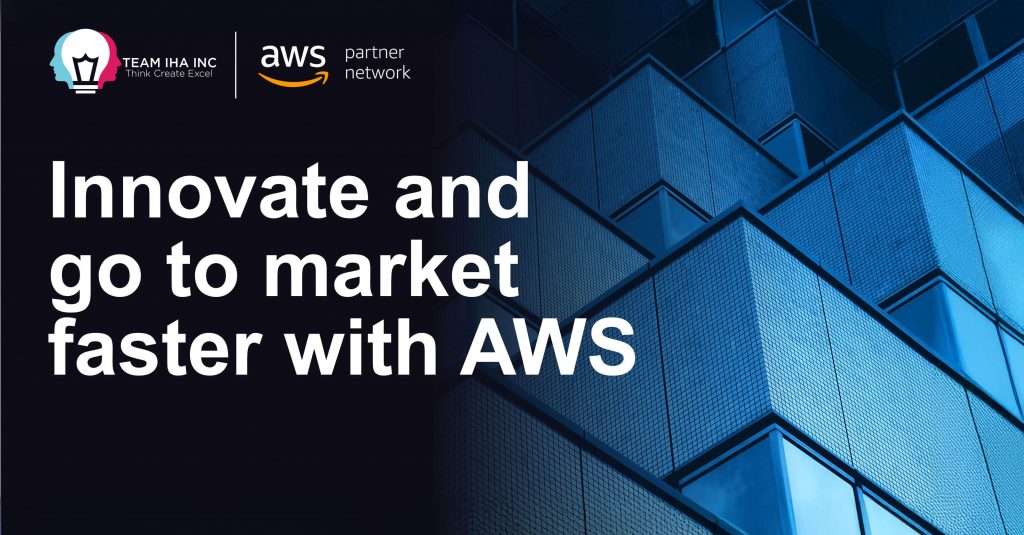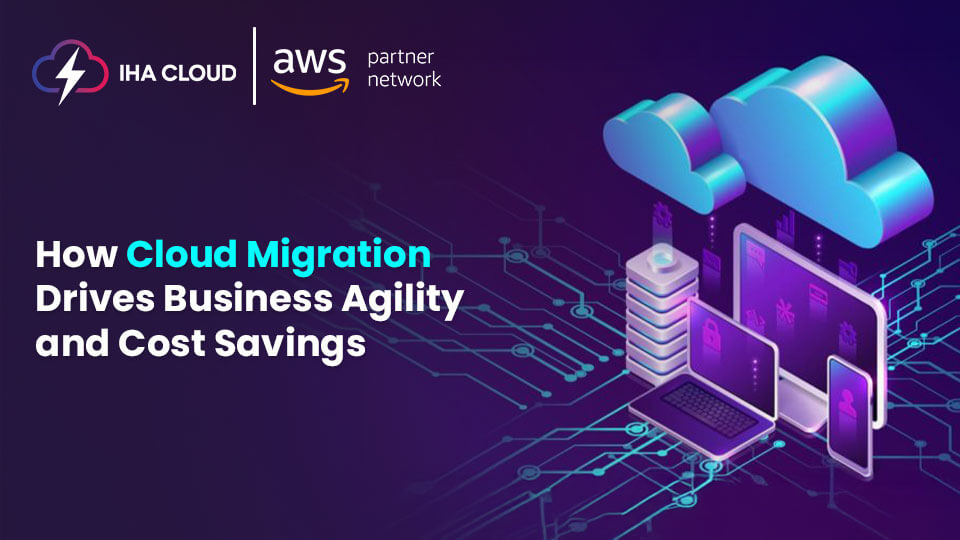Accelerate Your Application Modernization with AWS and IHA Cloud
Many organizations are still running critical applications on legacy systems that were built years ago for a very different business environment. While these systems may still function, they often limit scalability, slow down innovation, and increase costs. Customers expect more agility, faster updates, and seamless experiences—and businesses need the right foundation to deliver on those expectations. That’s where application modernization comes in. By modernizing applications with AWS and IHA Cloud, businesses can unlock new capabilities, improve efficiency, and prepare for future growth. Why Application Modernization Matters Legacy applications often: Depend on expensive, inflexible infrastructure Struggle to handle spikes in demand Require long, manual deployment cycles Introduce security and compliance challenges Modernization changes this by enabling: Agility – frequent updates and faster feature delivery Resilience – self-healing, scalable architectures Security – cloud-native compliance and monitoring Cost efficiency – optimized usage and reduced overhead How IHA Cloud and AWS Accelerate Modernization At IHA Cloud, we guide businesses through every stage of modernization with AWS. Our approach includes: Cloud-Native ArchitecturesMigrating applications into containers, microservices, or serverless using Amazon ECS, Amazon EKS, and AWS Lambda for improved scalability and performance. DevOps and AutomationImplementing CI/CD pipelines and Infrastructure as Code (IaC) to reduce deployment time and improve reliability. Modern Data PlatformsTransitioning to managed services like Amazon RDS or DynamoDB while ensuring data is secure and accessible. Built-in Security and ComplianceEmbedding AWS security best practices from day one, covering IAM, encryption, and monitoring. Real-World Impact For one of our clients, we helped re-platform a customer-facing portal that previously required weeks for a new release. After application modernization with AWS and IHA Cloud, deployment cycles were reduced to hours, infrastructure costs dropped by 25%, and customer feedback scores significantly improved. The Road Ahead Application modernization isn’t about replacing old systems overnight—it’s about creating a foundation for continuous improvement. With IHA Cloud and AWS, businesses gain the flexibility to innovate, scale, and stay ahead without the limitations of legacy technology. Ready to Modernize Your Applications? 👉 Contact IHA Cloud today to accelerate your application modernization with AWS.
Accelerate Your Application Modernization with AWS and IHA Cloud Read More »








